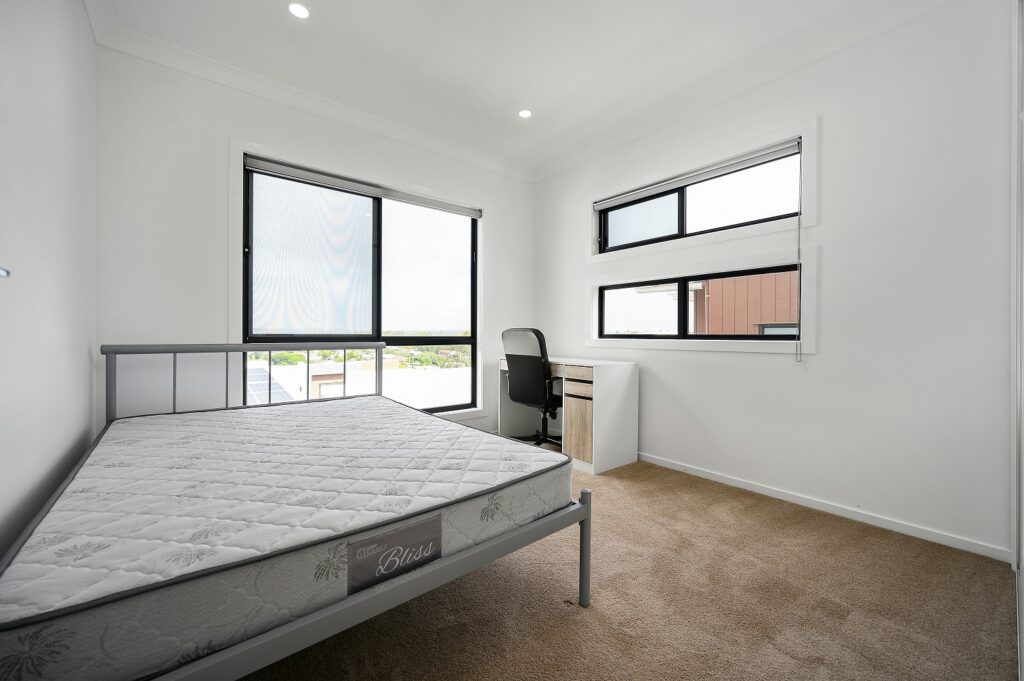Here is one of my favourite stories about the American housing market in the late 2000’s.
The property “owners” in the following tale had clearly recognized how screwed up the mortgage and lending industries were, and sought to take advantage.
Could this ever happen in Canada?
Try your hardest to follow along with the numbers.
I know that many of you only like “funny” posts about home-sellers that are caught naked in the kitchen, or rants about the state of society, but this is a fantastic story!
If you don’t like numbers, click HERE.
Larry Roberts
Irvine Housing Blog
November 26th, 2007
Asking Price – $1,249,000
Purchase Price – $1,157,000
Purchase Date: – 1/6/2005 The property was first purchased in January 2005 for $1,157,000.
The combined first and second mortgages totaled $1,156,730 leaving a down payment of $270. Let’s just call it 100% financing.
By April, the owners were able to find refinancing through Countrywide with a $999,000 first mortgage. This mortgage was an Option ARM with a 1% teaser rate. The minimum payment would be $3,216 per month.
Also in April, they took out a simultaneous second mortgage for $215,000 pulling out their first $58,000.
So look at their situation: They are living in a million-dollar-plus home in Turtle Ridge making payments less than those renting, and they “made” $58,000 in their first four months of ownership.
Apparently, these owners liked how hard the house was working for them, so they opened a revolving line of credit (HELOC) in August 2005 for $293,000.
Did they spend it all? I can’t be sure, but the following certainly suggests they did.
In December 0f 2005, they extended their HELOC to $397,990.
In June of 2006, they extended their HELOC to $485,000.
In April of 2007, the well ran dry as did their final HELOC of $491,000.
I bet they were pissed they couldn’t get more money.
So by April 2007, they have a first mortgage (Option ARM with a 1% teaser rate) for $999,999, and a HELOC for $491,000.
These owners pulled $333,000 in HELOC money to fuel consumer spending.
Assuming they spent the entire HELOC (does anyone think they didn’t?), and assuming the negative amortization on the first mortgage has increased the loan balance, the total debt on the property exceeds $1,150,000.
The asking price of $1,249,000 does not look like a rollback, but if the property actually sells at this price, the lender on the HELOC (Washington Mutual) will lose over $300,000.
These owners will probably just walk away.
I doubt they have any assets.
They never put any money into the deal, they pulled out $333,000 in cash, and they got to live in Turtle Ridge for three years.
Not a bad deal – for them.
Wow, there’s a lot going on here!
But before I accuse the American lending industry of having extremely lax regulations (which they did; which has been proven/mocked over time…), I will point out that in 2005 it was possible to get 100% financing in Canada – and we didn’t need first and second mortgages! We could do it all with ONE!
But one thing we never had in Canada was “teaser rates.”
During the mortgage boom (and subsequent bust) it was possible to get a “teaser” for the first two years of the mortgage – say 1%. Then when the rates went up in year three, you simply refinanced! Huh-zaah!
We’ve also seen countless examples of home-owners taking out loans against their “equity” in the home that was in the form of appreciation. If your house goes up in value from $1,000,000 to $1,500,000, then you’ve got a half-million bucks to take out in the form of a loan! There were lenders lined up around the block to convince home-owners to do this!
If your home went up in value by $50,000, lenders would tell you to take that equity out and put a down payment on a cottage! Or buy a new car!
But in the example above, you have to assume that these home-owners knew exactly what they were doing.
They spent $300,000 and lived in a mansion for free.
I wonder if this was the first time they’d ever done it? Or the last…































JG
at 11:14 am
In this situation, if the people knew what they were doing, and did not care for the blemish on their credit bureau – than all the power to them. The people finally found a way to use the banks for their benefit instead of vice versa.
Read, as David has suggested, “the big short” Michael Lewis – it will give back ground as to how this actually was made available. Excellent read.
Even went so far to read LIar’s Poker – back ground of the late 80’s WallStreet and potential lead up to the mortgage crisis/bubble.
David Fleming
at 11:46 am
@ JG
Michael Lewis is my favourite author of all time.
He narrowly beats out Chuck Palahniuk and Brett Easton Ellis.
I’ve read everything he’s ever written, although ironically, I just read Liar’s Poker which was his FIRST book! Even older works like “The New New Thing” and “Next” are still great reads even though they’re slightly dated.
I must say I was slightly disappointed by Liar’s Poker afterr all the build-up. It was an important read, but not as enthralling as I had expected. “The Big Short” is by far his best work.
Calgary Property Management Companies
at 11:50 pm
Makes me wonder how the rental market will react based on the assumption that renting homes should have some form of monthly cashflow?
I can’t help but think that rents will go up, based on an increased demand from people who get stuck>forclosed>broke>bad credit>forced to rent…